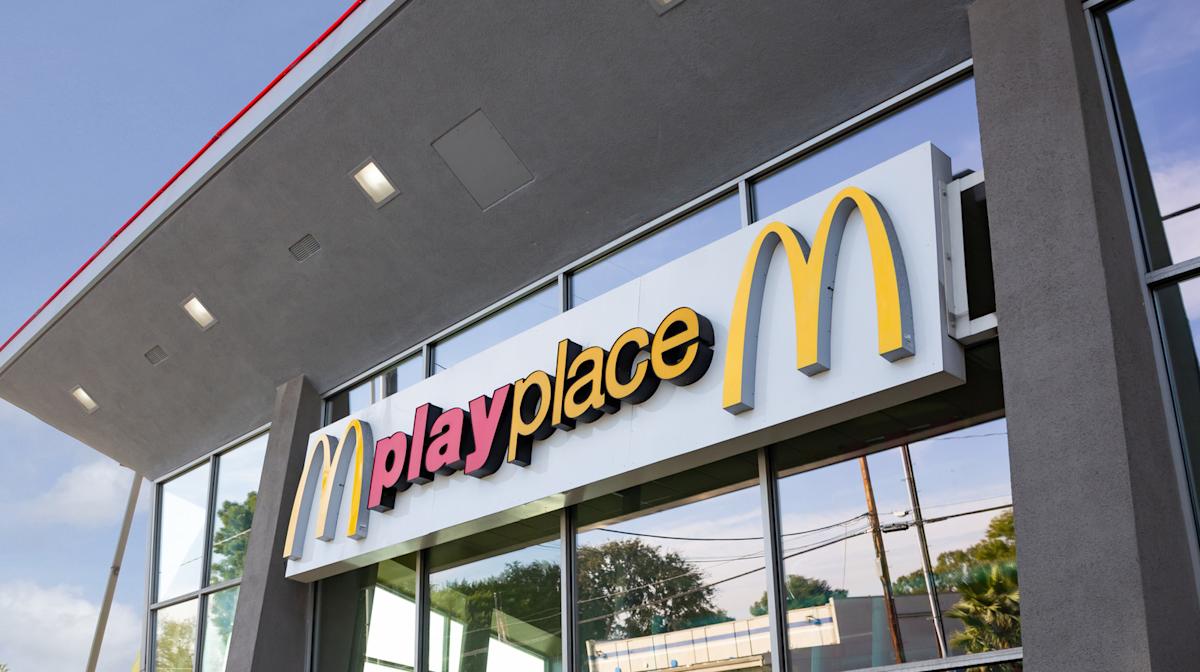Plastic Tubes and Peril: How McDonald's PlayPlaces Became a Childhood Fever Dream
Lifestyle
2025-04-08 12:40:00Content

Remember the golden days of McDonald's PlayPlaces? Those vibrant, maze-like wonderlands of plastic tubes, colorful ball pits, and endless childhood excitement were once the crown jewel of every kid's fast-food experience during the '80s and '90s. These indoor playgrounds were more than just a place to burn off energy—they were magical kingdoms where imagination ran wild and parents could enjoy a moment of peace.
But something changed. Today, these once-ubiquitous play areas have become increasingly rare, leaving many to wonder: What happened to the McDonald's PlayPlace?
The decline of these beloved play zones isn't just a nostalgic observation—it's a complex story involving shifting parental concerns, changing safety standards, and evolving restaurant design philosophies. Where children once climbed, slid, and explored freely, now stand more minimalist, streamlined dining spaces that prioritize efficiency and modern aesthetics.
From hygiene worries to liability concerns, the PlayPlace has transformed from a must-have feature to an increasingly uncommon sight in modern McDonald's restaurants. The era of climbing through rainbow-colored tunnels seems to be fading into childhood memory.
The Vanishing Playground: How McDonald's PlayPlaces Disappeared from American Childhood
In the vibrant landscape of childhood memories, few experiences capture the imagination quite like the McDonald's PlayPlace - a magical realm of plastic tubes, colorful slides, and unbridled childhood energy that once defined family dining experiences across the United States. These indoor playgrounds were more than just recreational spaces; they were cultural touchstones that transformed fast food restaurants into adventure zones for an entire generation.Discover the Untold Story of America's Most Iconic Childhood Playground Revolution
The Golden Age of Indoor Play
The 1980s and 1990s represented a transformative era for children's entertainment within fast food establishments. McDonald's strategically positioned these play areas as revolutionary spaces that merged dining with interactive experiences. These meticulously designed environments weren't merely play zones; they were sophisticated social ecosystems where children could explore, interact, and create memories while parents enjoyed a momentary respite. Architectural innovations transformed these spaces into complex three-dimensional landscapes. Multilevel climbing structures, ball pits, and intricate tunnel systems became standard features, offering children unprecedented sensory experiences. The PlayPlace represented more than recreational infrastructure; it embodied a cultural phenomenon that redefined family dining dynamics.Safety Concerns and Regulatory Challenges
As societal awareness regarding child safety intensified, McDonald's confronted increasingly stringent regulatory landscapes. Hygiene standards, liability concerns, and maintenance complexities gradually eroded the feasibility of these elaborate play environments. Municipalities implemented more rigorous health and safety protocols, compelling restaurants to reconsider the economic and operational viability of maintaining these complex play structures. Maintenance costs skyrocketed, with regular sanitization, structural inspections, and potential liability issues creating significant financial burdens. The once-celebrated PlayPlace transitioned from being a competitive advantage to a potential operational liability, forcing McDonald's to reevaluate its strategic approach to family-oriented dining experiences.Technological Disruption and Changing Family Dynamics
The rise of digital entertainment fundamentally transformed childhood recreational paradigms. Smartphones, tablets, and sophisticated gaming platforms offered alternative engagement models that competed directly with physical play spaces. Children's entertainment preferences shifted dramatically, rendering traditional play structures increasingly obsolete. Modern families exhibited different dining and entertainment preferences. The communal, shared experience of PlayPlaces gave way to more personalized, technology-driven interactions. Parents became more conscious of screen time and nutritional considerations, further marginalizing the once-celebrated indoor playground concept.Economic Recalibration and Space Optimization
Real estate economics played a crucial role in the PlayPlace's decline. Restaurants recognized the potential for alternative revenue-generating configurations. The substantial square footage previously dedicated to play areas could be repurposed for additional seating, digital ordering stations, or enhanced dining experiences. Franchisees increasingly viewed these play spaces as inefficient investments. The maintenance costs, limited revenue generation, and changing customer expectations made them less attractive from a business perspective. McDonald's gradually pivoted towards more streamlined, technology-integrated dining environments.Nostalgia and Cultural Transformation
The disappearance of PlayPlaces represents more than an architectural shift; it symbolizes broader societal transformations. These spaces embodied a specific moment in American cultural history, reflecting changing parental attitudes, technological advancements, and evolving entertainment paradigms. For millennials and Generation X, these play areas remain potent symbols of childhood nostalgia. They represent a tangible connection to a pre-digital era of communal play and unstructured childhood experiences. The PlayPlace's legacy endures not through physical infrastructure but through collective memory and generational storytelling.RELATED NEWS
Lifestyle

Heartbreak on the Trail: Adorable Corgi's Puppy Eyes Go Unnoticed, Internet Melts
2025-05-01 13:30:00
Lifestyle

Heart Health Secrets: Local Expert Reveals Game-Changing Lifestyle Hacks
2025-02-28 10:53:57






